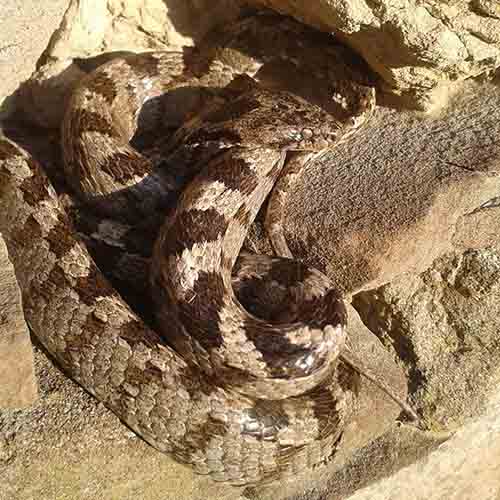Bibliography
Sillero, N., Campos, J., Bonardi, A., Corti, C., Creemers, R., Crochet, P.-A., Crnobrnja-Isailović, J., Denoël, M., Ficetola, G.F., Gonçalves, J., Kuzmin, S., Lymberakis, P., de Pous, P., Rodríguez, A., Sindaco, R., Speybroeck, J., Toxopeus, B., Vieites, D.R., Vences, M. 2014. Updated distribution and biogeography of amphibians and reptiles of Europe. .p 1-31.
Speybroeck, J., Beukema, W., Bok, B., and van der Woort, J. 2016. Field Guide to the Amphibians & Reptiles of Britain and Europe Bloomsbury London . .p/.
Sterijovski, B., Tomović, L., Ajtić, R. 2014. Contribution to the knowledge of the Reptile fauna and diversity in FYR of Macedonia. .p 83–92.
Uhrin et al. 2016. Distribution updates to amphibian and reptile fauna for the Republic of Macedonia. .p 201-220.
Beshkov, V. 2015. Red data book of the republic of Bulgaria. Animals. .p/.
Gasc, J-P., Cabela, A., Crnobrnja-Isailović, J., Dolmen, D., Grossenbacher, K., Haffner, P., Lescure, J., Martens, H., Martinez-Rica, J.P., Maurin, H., Oliveira, M.L., Sofianidou, T.S., Veith, M., Zuiderwijk, A. 1997. Atlas of Amphibians and Reptiles in Europe. Societas Europaea Herpetologica & Museum Nationall d’ Histoire Naturelle (IEGB/SPN). Paris. .p 496.
Agasyan, A., Avci, A., Tuniyev, B., Crnobrnja-Isailović, J., Lymberakis, P., Andrén, C., Cogalniceanu, D., Wilkinson, J., Ananjeva, N., Üzüm, N., Orlov, N., Podloucky, R., Tuniyev, S., Kaya, U., Böhme, W., Ajtić, R., Tok, V., Ugurtas, I.H., Sevinç, M., Crochet, P.-A., Disi, A.M.M., Hraoui-Bloquet, S., Sadek, R., Werner, Y., Haxhiu, I. 2009. Telescopus fallax. The IUCN Red List of Threatened Species. .p/.


